TL;DR
- Most companies face frequent change but struggle to keep people involved, informed, and clear on what to do next.
- Knowing the type of change helps you plan better by matching actions to the pace, focus, and impact required.
- Change stalls when managers are left out, messages feel vague, or teams face too many shifts without support.
- Leaders who stay visible, listen early, and protect focus help teams move forward without confusion or passive resistance.
- TeamLease provides structured help across hiring, tech, learning, and HR support to reduce delays and keep plans moving.
Introduction
You probably didn’t plan to lead through non-stop change, but here you are. One change rolls in just as another begins. The pressure to maintain stability while adapting fast is constant and exhausting.
Research shows the typical organisation has taken on five significant company-wide changes over the last three years. Nearly 75 percent expect even more complexity ahead. Yet, less than half of these initiatives work out. Only 34 percent are seen as successful by leadership.
In this blog, we’ll help you make sense of organisational change management and what it takes to get change working, not just started.
What Is Organisational Change Management?
Organisational Change Management, or OCM, is the structured approach leaders take to move people, teams, and processes through business shifts. It focuses on how employees experience change, what support they need, and what leaders must do to ensure the shift holds.
This isn’t just about communications or training. OCM connects business goals to people outcomes across every part of the organisation. OCM helps answer key questions: Who will be affected, what will change, how will people adapt, and what support is required?
Without a clear OCM, change stays on paper. Plans stall, teams lose trust, and results fall short of what leadership expected.
Why Organizational Change Management Is Crucial for Business?
Most change efforts don’t fail due to poor strategy. They fail because people weren’t ready, involved, or clear about what to do. When change lacks people’s support, confusion spreads. Employees withdraw, managers push back, and projects stretch far longer than planned.
For Indian companies managing multiple systems, states, and expectations, poor change planning leads to chaos and cultural issues. Strong OCM keeps things on track. It ensures the business case stays connected to behaviour, habits, and actions at every level.
To plan better, you need to know the different types of change and what each one demands from your teams.
Types of Organisational Change
Not all change looks or feels the same. Some are minor adjustments. Others require significant shifts in thinking, structure, and leadership support. Knowing the type helps you match the right approach, speed, and communication method. It also shapes how your people experience the change.
Here are the five common types of organisational change you’re likely to encounter as a senior leader:
- Developmental Change: Improves existing capabilities. Focuses on improving current tasks by doing them better, faster, or smarter, without replacing core systems or structures.
- Transitional Change: Replaces one process or setup with another. Introduces something new while phasing out an old way that no longer serves the business.
- Transformational Change: Alters how the business operates at its core. Involves shifts in purpose, values, leadership mindset, and business models.
- People-Centric Change: Affects behaviour, habits, or relationships. It requires more empathy, communication, and time, as it touches on identity and culture.
- Process-Centric Change: Focuses on tools, systems, or workflows. Usually technical, but still needs human support to get adoption and reduce friction.
Each type brings different risks. Your approach needs to be built around those risks before the change gains momentum.
Knowing the kind of change you’re facing helps you choose the proper process to plan, act, and measure.
The Change Management Process
Every change needs structure. Without a step-by-step process, even the best plans drift. People lose focus, and the business suffers unnecessary delays.
While timelines vary, most successful changes follow a similar sequence. Each step provides people with clarity and helps the shift last longer.
Here’s a simplified breakdown of the change process to keep your teams focused and your outcomes on track:
- Identify the Need for Change: Start by naming what’s not working. Use data, feedback, or clear triggers that make the case for change.
- Map Stakeholders Early: Know who will be impacted. Involve them from the beginning so they feel heard and stay engaged.
- Craft and Share the Vision; Leaders must clearly explain what’s changing, why it matters, and what success looks like across roles and teams.
- Equip and Enable Teams: Offer training, job aids, and coaching. Ensure your team has everything they need to implement the change confidently.
- Reinforce and Monitor: Don’t assume adoption. Track behaviours, offer feedback, and reward progress to stop the change from fading out.
Now that the process is straightforward, let’s focus on the core principles that make change stick across teams and roles.
Core Principles of Change Management

Principles help set the tone. When change is grounded in values, people respond better and stay with it through the messy middle.
Here are the core principles that help change feel real, not forced:
- Clarity: Keep the message simple. Avoid jargon. Everyone should know what’s changing, what stays the same, and what’s expected.
- Empathy: Change affects people first. Acknowledge fears and be ready to listen when discomfort or resistance shows up.
- Consistency:
Say the same thing across teams and channels. Mixed messages confuse people and stall progress. - Accountability: Leaders must model the change. If managers skip steps or break rules, people will assume the change isn’t profound.
Once your values are set, the next step is selecting a model that fits your team’s size, pace, and goals.
Top Organizational Change Models Used by Companies
Classic models help simplify complex change efforts into a step-by-step flow. They offer leaders a shared language to guide execution across departments.
These models are especially useful for large organisations or enterprises with layered reporting, formal processes, and centralised decision-making.
Let’s explore four foundational models that continue to support structured change, even in rapidly shifting sectors.
Lewin’s Three-Step Model
This model breaks change into three key stages: unfreeze, change, and refreeze. It’s best for shifts that affect mindset and daily routines.
How It Works
- Unfreeze: Create awareness that the current approach isn’t working. Use facts, feedback, and pain points to signal the need for change.
- Change: Introduce the new way. Provide precise steps, training, leadership visibility, and room for questions or controlled experimentation.
- Refreeze: Lock in the change. Update policies, reward new behaviours, and embed them in systems, so people stop reverting to old habits.
This model is easy to explain and well-suited for behaviour or culture change where adoption needs time and reinforcement to stick.
Kotter’s Eight-Step Process
This model focuses on urgency, engagement, and emotional buy-in. It’s best used when the change is enterprise-wide and needs visible momentum.
How It Works
- Build urgency using data or pressure points.
- Form a guiding coalition of influencers and decision-makers.
- Create a compelling, practical vision.
- Communicate that vision repeatedly, using stories and actions.
- Empower people by removing blocks or silos.
- Generate short-term wins to keep energy high.
- Maintain progress through steady reinforcement.
- Anchor the change in company culture and leadership behaviour.
This model maintains high energy and links emotion to execution. It works well in large organisations or during business model shifts.
ADKAR Model
ADKAR focuses on individuals, not just systems. It’s a diagnostic model that helps you understand where resistance is slowing progress.
How It Works
- Awareness: Explain the need. Share triggers, data, and personal impact.
- Desire: Make the change relevant. Show what’s in it for teams or individuals.
- Knowledge: Train people. Offer clear guides, mentorship, or job aids.
- Ability: Let people try. Offer support as they apply new methods or tools.
- Reinforcement: Recognise early adopters and correct old habits when they return.
This model works well during tech adoption, process reengineering, or restructuring, where individuals must change how they work every day.
McKinsey 7S Framework
This model views organisations as systems. Change in one area affects others. It’s best for complex companies or decentralised business units.
How It Works
The seven elements are:
- Strategy: The business goal.
- Structure: Reporting and teams.
- Systems: Day-to-day operations.
- Shared Values: What the culture rewards.
- Style: Leadership tone and behaviour.
- Staff: Headcount, roles, and gaps.
- Skills: Capabilities and strengths.
It forces leaders to look beyond org charts. It’s useful for mergers, process change, or operating model shifts in regulated industries.
Classic models help with structure. But they don’t always address emotional resistance, psychological safety, or fast-moving demands. That’s where newer methods help.
Modern Approaches to Managing Organizational Change Effectively

While classic models offer order, modern approaches focus more on behaviour, culture, and human energy. These are useful when logic isn’t enough. If your teams are tired, anxious, or skeptical, these models offer different tools to build trust, not just processes.
Let’s look at three people-first approaches that work well in emotionally charged or high-change environments.
Appreciative Inquiry
This method builds change around strengths. It invites people to share wins and imagine more of what already works well.
How It Works
- Interview people across levels about the times they felt most engaged, proud, or effective at work.
- Find themes from those stories. Look for what gives teams energy, meaning, or belief.
- Co-create goals and action plans based on those strengths. Let people shape the path instead of only reacting to orders.
This method removes blame. It builds safety and belief through conversation. It works well during culture change or engagement recovery efforts.
Ethical Change Models
These models put fairness and inclusion at the centre. They matter when decisions feel rushed or when some groups feel left behind.
How It Works
- Ask who benefits from the change and who pays the price in workload, role loss, or visibility.
- Bring affected groups into decision-making early. Create listening spaces where feedback shapes how the change is delivered.
- Hold leaders accountable for fair treatment, not just results. Make values visible through action, not slogans.
It prevents silent resentment. It also builds credibility with staff, especially in environments where trust has been low or recently damaged.
Organisational Ambidexterity
Ambidexterity means balancing two paths. One team protects stability. The other experiments. Both operate side-by-side, without pulling each other off track.
How It Works
- Identify one team to test ideas quickly, with permission to fail and learn.
- Assign another team to keep the core business on track, avoiding disruption during testing.
- Use leadership to protect both. Ensure resources, clarity, and respect are given to both delivery and exploration.
It avoids change fatigue. It also respects the needs of both growth and delivery. That’s critical in large enterprises or regulated sectors.
Classic and modern approaches each have a place. The best leaders mix and match based on timing, culture, and what’s at stake.
Next, we’ll explore what typically blocks change and how great leaders transform resistance into lasting momentum.
Common Barriers That Stall Organisational Change
Most change stalls because people lose energy, not because the idea is flawed. Four common blockers show up in most organisations.
- Middle Management Resistance: Managers often feel pressure from both sides. When excluded from planning, they hesitate to support the change or push it forward.
- Change Fatigue: Back-to-back shifts wear teams out. When change feels constant, people disengage and wait for the next update without taking action.
- Cultural Inertia: People default to what feels familiar. Without visible leadership support, teams tend to stick to old behaviors even after plans are shared.
- Generic Messaging: Broad updates don’t connect. People want to know how the change affects their work, not just what the organisation plans.
Now that you know what blocks progress, let’s look at what the strongest leaders do when resistance starts to surface.
How Strong Leaders Manage Organizational Change Successfully?

Strong leaders keep change moving by staying consistent, listening closely, and focusing teams on what matters most right now.
- Stay Visible: People pay attention. When leaders stay present and repeat their message, teams start to believe the change is worth doing.
- Listen Early: Ask questions before you act. Resistance often manifests in silence, confusion, or a lack of feedback. Early listening helps avoid late surprises.
- Protect Priorities: Too much change reduces focus. Limit the number of shifts people handle at once. Let teams succeed before adding something new.
- Celebrate Action: Highlight quick wins. Call out what’s working. When people notice progress, they tend to stick with the change longer.
While leadership sets the tone, the right support partner helps you deliver at speed without adding stress across teams.
Enabling Change with TeamLease
TeamLease helps companies move faster on people, process, and HR priorities without adding confusion or delay.
- Workforce and HR Services: TeamLease supports hiring, compliance, payroll, and policy design. Our team helps you act without getting stuck in admin or guesswork.
- Staffing and Payroll: A hiring team backed by AI tools handles recruitment. Payroll services operate across countries, incorporating built-in compliance.
- HR Tech Marketplace: Choose from over 450 tools matched to your company type, headcount, and needs. No hunting or sorting through long lists alone.
- HR Advisory: Get help redesigning how HR runs. TeamLease supports service delivery changes and process reviews for growth-focused companies.
- Enterprise Learning: Trainers offer blended learning across roles. This includes onboarding, behavioural skills, executive education, and job-ready certification programmes.
Contact us today to get support that actually moves your change forward.
Conclusion
Change will keep coming. The question is not when, but how prepared your teams and systems are to move with it. Plans often fail when people are left behind. Success starts when teams feel seen, supported, and clear about what to expect.
Substantial change needs a clear structure, active leadership, and the right tools behind the scenes to keep things on track. You don’t need to manage it alone. The right partner helps reduce confusion, save time, and focus your team where it matters.
Book a demo with TeamLease today and see how structured support can help your change efforts succeed without adding more pressure.
FAQs
Q: What is the primary purpose of organisational change management?
A: It helps companies shift how people work during change without losing direction. It connects business decisions to team behaviour.
Q: How can leaders make change feel less disruptive?
A: They should explain the reason early and stay visible throughout. People adjust faster when communication is direct and expectations remain consistent.
Q: What is the biggest risk in managing change poorly?
A: Teams may continue with old habits while pretending to adopt new ones. This delay usually causes friction, missed deadlines, or project failure.
Q: When should companies bring in external support for change?
A: External help works best when internal teams lack time or clarity. It also reduces pressure on leadership during significant, people-focused shifts.
Q: What makes a change process successful across departments?
A: Clarity, feedback, and manager involvement from the start. When people feel informed and heard, they are more likely to take ownership.





